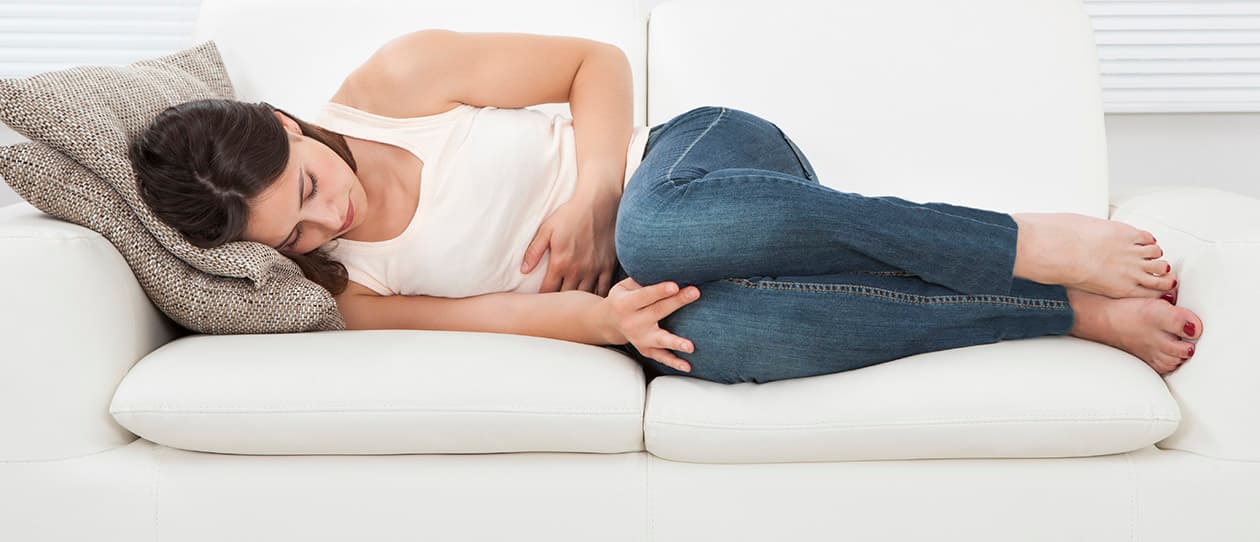
- Health hub/
- Women's health/
- What is Pelvic Congestion Syndrome and How to Minimise It?


What Causes Pelvic Congestion?
Changes to the pelvic area can also predispose women to pelvic congestion, these conditions include:-
Multiple pregnancies
-
Fibroids
-
Ovarian cysts
-
Pelvic Inflammatory Disease (PID)
Pelvic congestion Syndrome Symptoms
As mentioned above, women often experience a sensation of heaviness and pain in the lower abdominal region. Other symptoms include:
-
Back pain
-
Pain during sex
-
Period pain
Symptoms may be worse at the end of the day when blood pools in the veins from being upright, or around and during menstruation. Other symptoms can include a vaginal discharge, and this should be investigated by a healthcare practitioner to rule out any other conditions.
Pelvic congestion can often be misdiagnosed and difficult to treat, however minimising the congestion in the veins can be achieved through a number of lifestyle, supplemental and dietary measures.
Lifestyle Tips to Support Pelvic Congestion
Exercise
Exercise can help to minimise congestion and pooling of fluid in the pelvic area, as it maintains blood flow. A brisk morning walk or run would be preferable as there is often less pain and congestion in the morning. Alternatively, swimming or cycling may be good alternatives.
Diet
As constipation aggravates the symptoms of pelvic congestion, dietary recommendations emphasise a high fibre diet. A high fibre diet includes wholegrain rice, cereals, beans and legumes, as well as plenty of fluids. Minimising caffeine and soft drinks and increasing water and herbal teas is also beneficial.
Supplements
Herbs that may help with uterine tone include raspberry leaf in the form of tea or tablets. Grape seed helps with congestion and the tone of veins.
Bioflavonoids are plant compounds that may help strengthen blood vessels and minimise blood vessel leakage and weakness that can add to a sense of heaviness. Bioflavanoids include rutin and hesperidin, both found in fruits.
Oligomeric proanthocyanidins (OPCs) are another type of phytonutrient with antioxidant properties that help protect capillaries, by helping to reduce the breakdown of collagen and maintain strength and tone in veins. OPC’s are found in berries and fruits, such as blueberries and grapes.
References available upon request.




